agricultural commodities - AI-Driven Agri-Data Tool

Empowering Decisions with AI-Driven Insights
How can I improve my product descriptions?
What's a good headline for a fashion blog?
Get Embed Code
Overview of Agricultural Commodities
Agricultural commodities encompass a wide range of products derived from agriculture that are traded on various markets. These commodities include crops like wheat, corn, and soybeans, as well as livestock such as cattle and hogs. The trading of these commodities plays a crucial role in global economics and food security, influencing prices and availability around the world. For example, a farmer in Iowa might use futures contracts to hedge against a potential decline in corn prices by the time of harvest, thereby locking in a certain price ahead of time, which provides financial stability regardless of market fluctuations. Powered by ChatGPT-4o。

Key Functions of Agricultural Commodities
Price Risk Management
Example
A soybean farmer uses futures contracts to lock in selling prices for a future date, mitigating the risk of price drops due to market oversupply or decreased demand.
Scenario
Consider a scenario where there is an unexpected bumper crop of soybeans. Without futures contracts, farmers might be forced to sell at much lower prices due to the sudden surplus. However, by having a futures contract in place, the farmer ensures a predetermined sale price, thus avoiding financial loss.
Supply Chain Stability
Example
Food manufacturers purchase wheat futures to ensure they have a stable supply at a known cost, helping them manage production budget and schedule more efficiently.
Scenario
A bakery chain forecasts the need for a significant quantity of wheat flour due to a planned expansion. By engaging in futures contracts for wheat, the bakery secures a consistent supply and cost, which is crucial for planning its expansion without the risk of volatile wheat prices.
Speculation
Example
Traders might buy and sell cattle futures without ever intending to take delivery of the cattle, aiming to profit from changes in the market prices.
Scenario
A trader anticipates that beef prices will increase due to an upcoming holiday demand and decides to buy cattle futures. If the prices increase as expected, the trader can sell the futures for a profit, capitalizing on the market trend without physically handling the cattle.
Target User Groups for Agricultural Commodities
Farmers and Producers
Farmers and agricultural producers use these services to hedge against the risk of price fluctuations in the market, ensuring they can maintain profitability despite changes in crop prices or livestock values.
Commodity Traders and Investors
These individuals or entities actively trade in the commodities markets, either for speculation to profit from market fluctuations or to diversify investment portfolios. Their activities help provide liquidity to the market, enabling more stable pricing and risk distribution.
Agribusiness Companies
Companies involved in the agricultural supply chain, including processors, distributors, and retailers, utilize agricultural commodities trading to secure raw materials at predictable prices and schedules, which is essential for operational planning and cost management.

How to Use Agricultural Commodities
Initial Exploration
Start by visiting yeschat.ai for a hassle-free exploration of capabilities without the need to sign in or subscribe to any premium services.
Identify Requirements
Determine your specific needs such as market analysis, forecasting, or educational research to effectively use the insights provided by agricultural commodity data.
Choose Tools
Select the appropriate tools and features within the platform that align with your goals, such as data visualizations, historical price analysis, or trend predictions.
Data Integration
Incorporate the commodity data into your projects or workflows, using API integrations if available, to enhance decision-making processes or academic studies.
Continuous Learning
Regularly update your knowledge and strategies based on the latest data and trends provided, adjusting your approaches to market changes or academic findings.
Try other advanced and practical GPTs
Agricultural Research
Empowering Agriculture with AI Insight
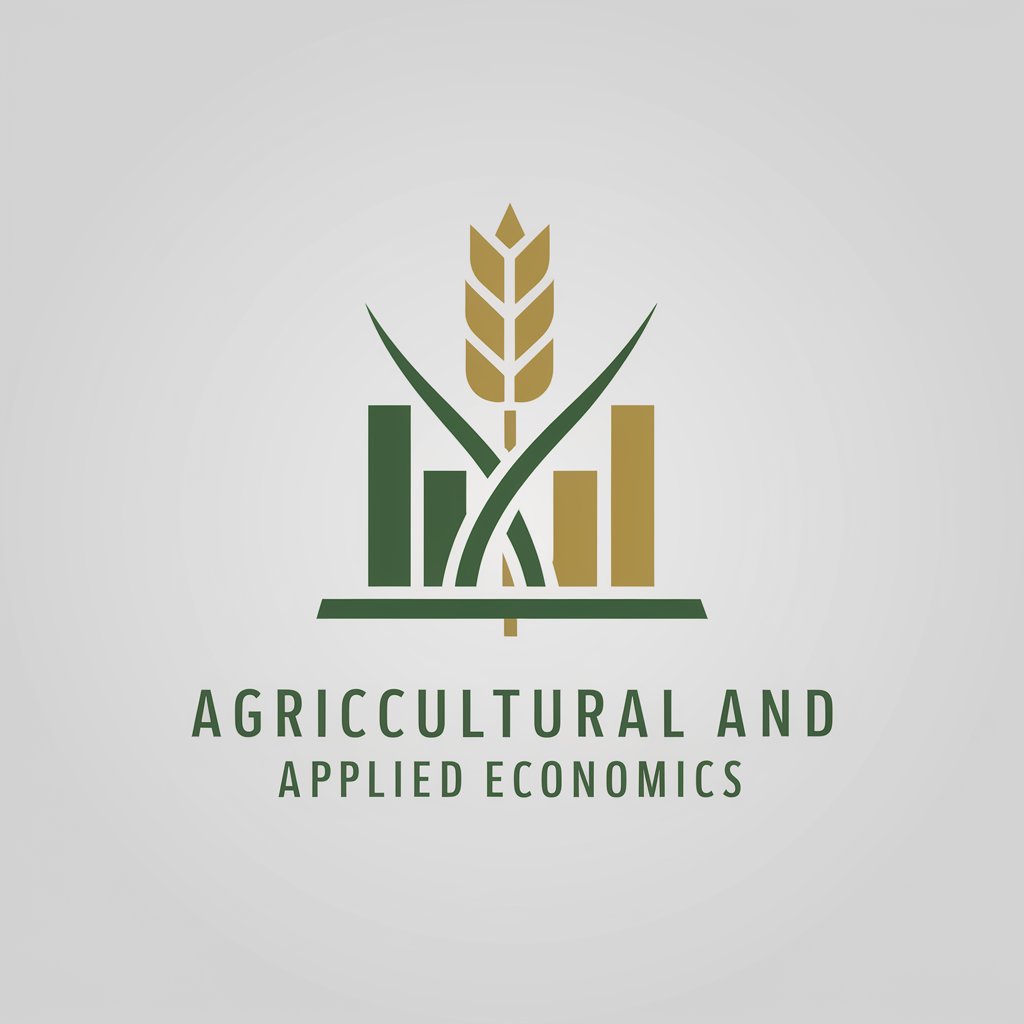
Agricultural Workers, All Other Assistant
Cultivate success with AI-powered guidance
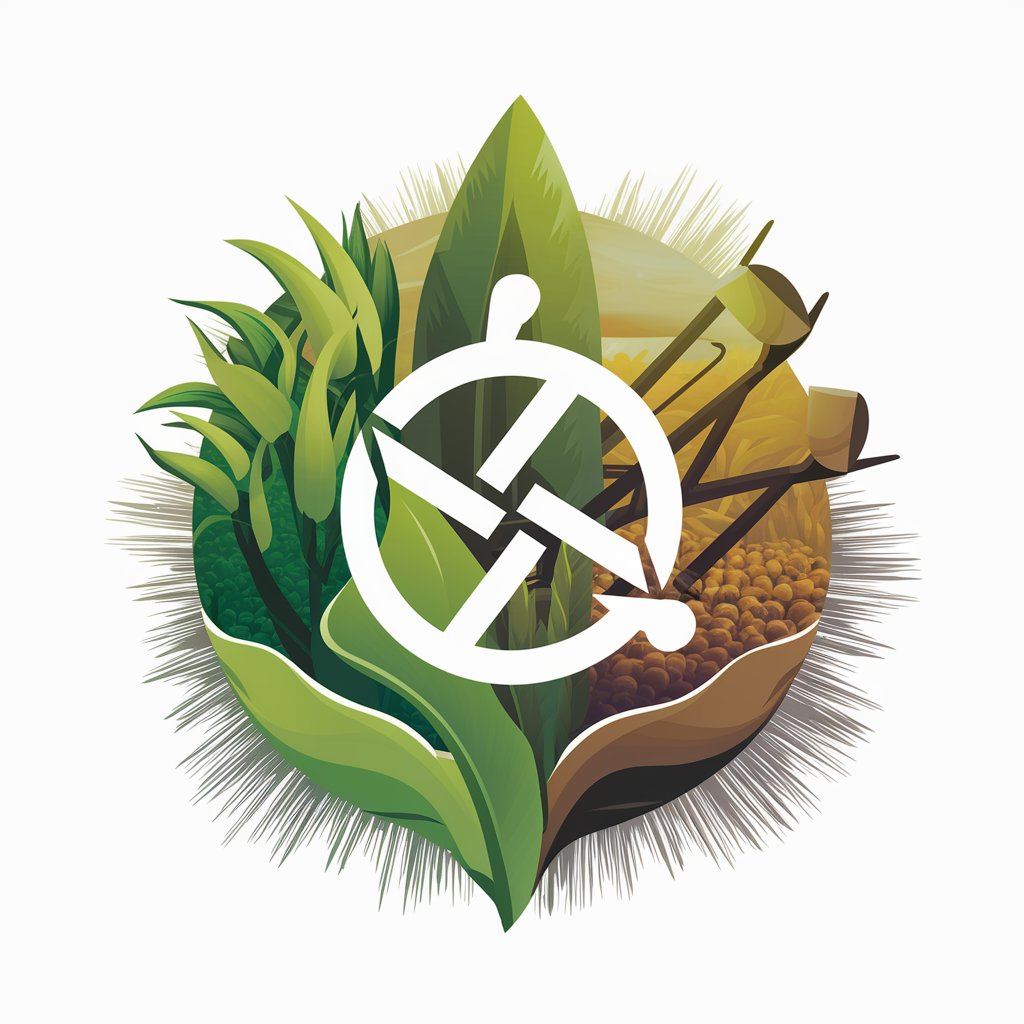
Agricultural and Food Scientists Assistant
Empowering Agri-Science with AI
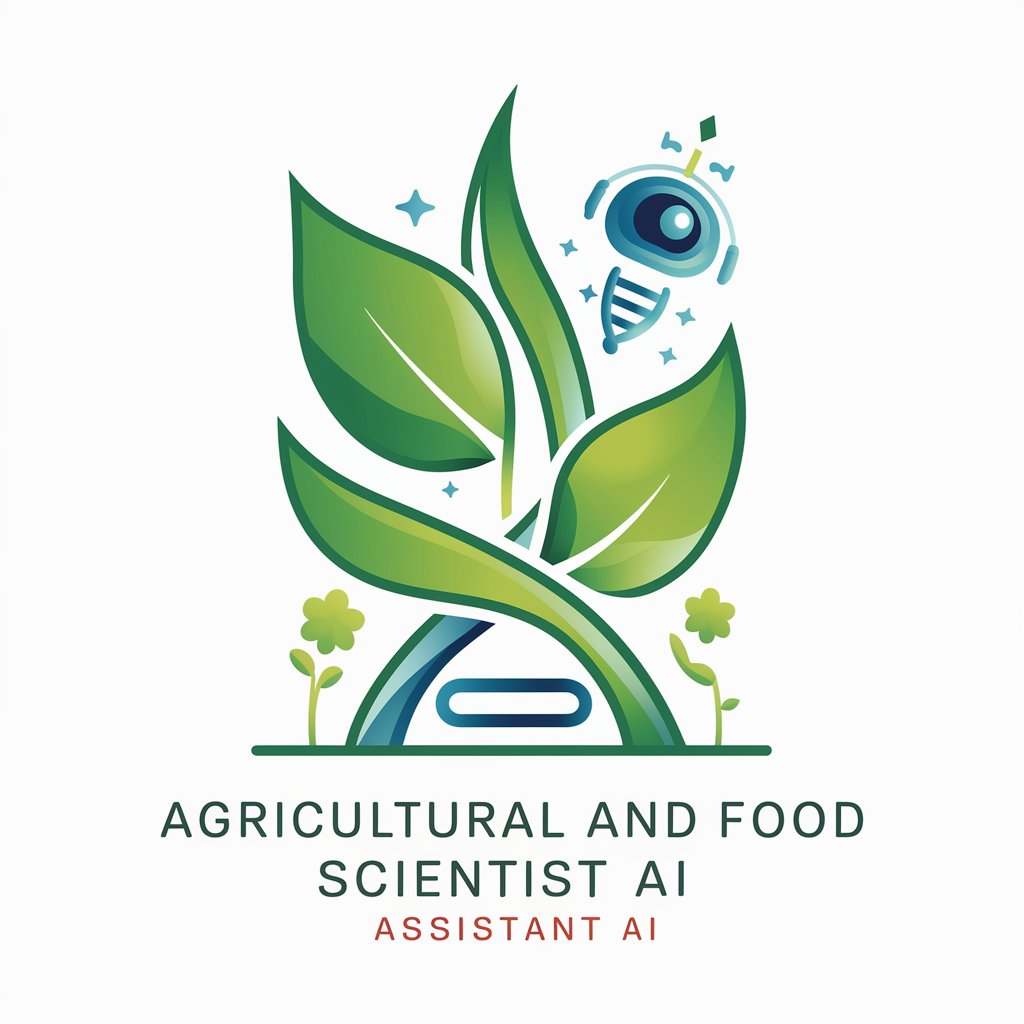
China Agricultural University
Explore CAU with AI-Driven Insights
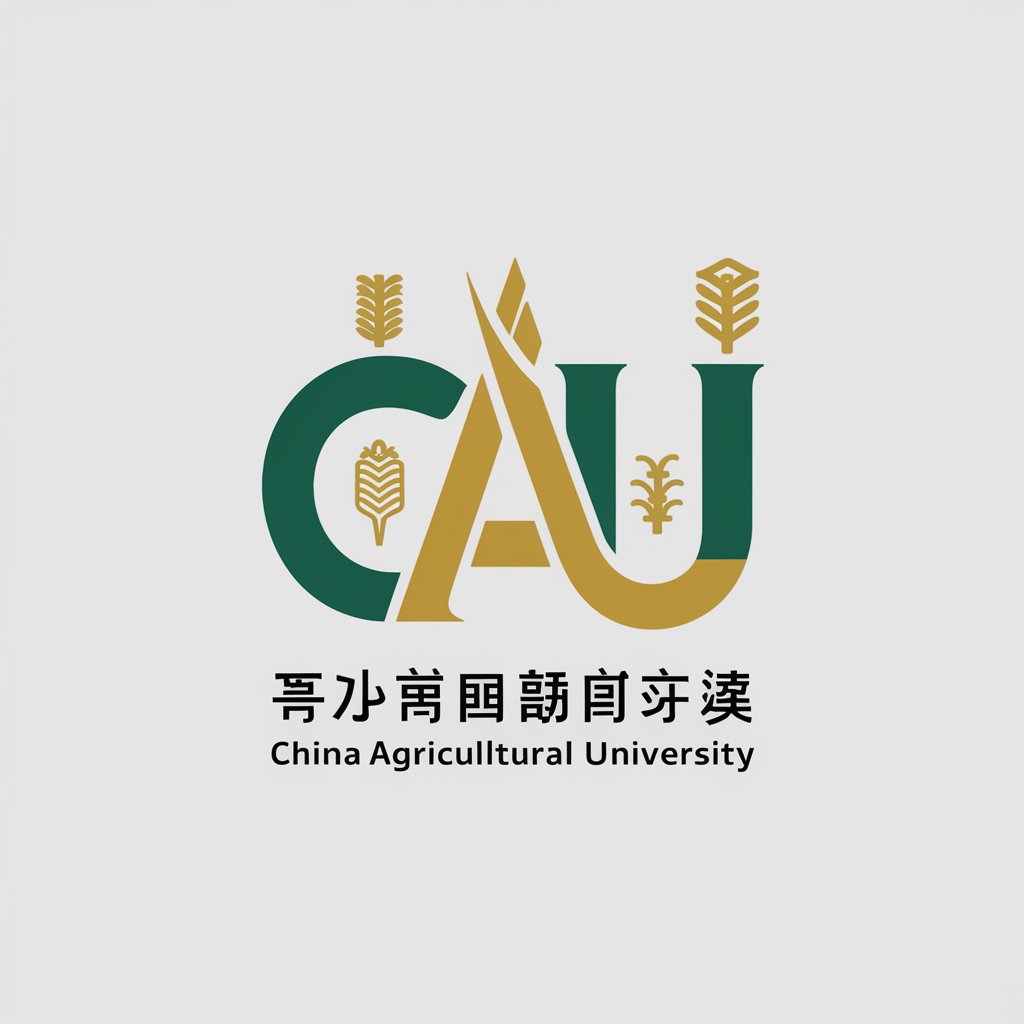
Agricultural Technicians Assistant
Empowering Agriculture with AI Insight
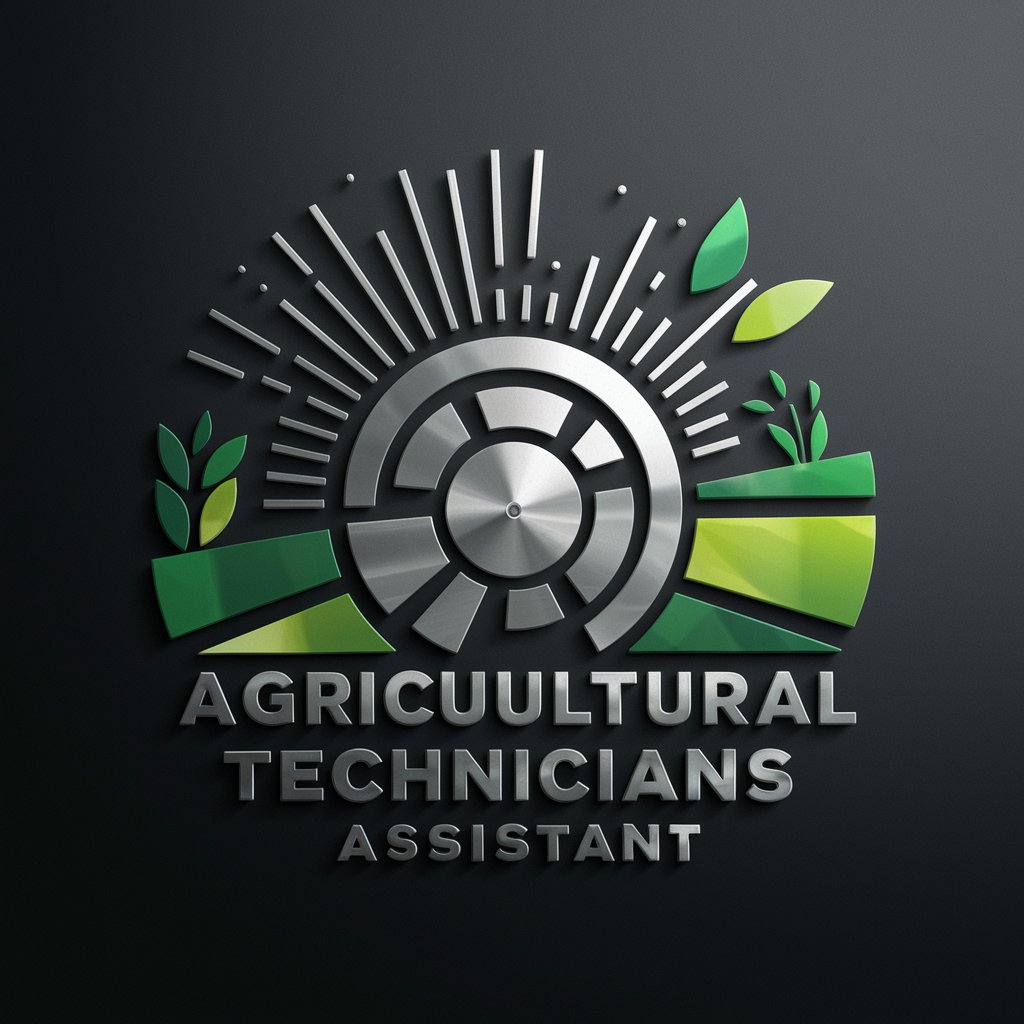
Agricultural Knowledge Exchange
Cultivating Innovation with AI

🕵♀️ Seeky Stringer lv3.6
AI-powered Search Query Crafting

Survey Completer
Revolutionize Feedback with AI-Powered Insights

Survey Structurer
AI-Powered Survey to TSQL Converter

Economic Survey
Navigating India’s Economy with AI
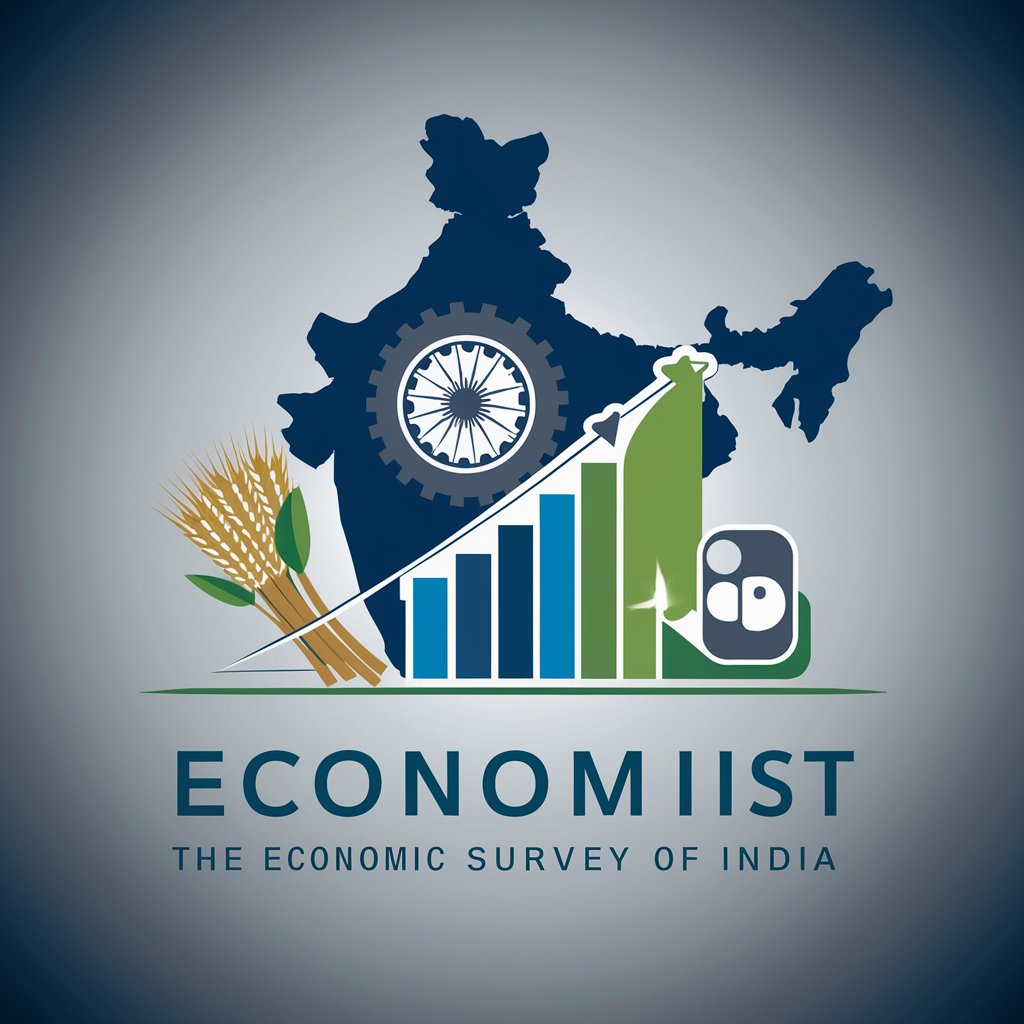
Survey Sage
Empower Your Surveys with AI

Survey Detour
Automate surveys with AI power

Frequently Asked Questions About Agricultural Commodities
What are agricultural commodities?
Agricultural commodities are raw products derived from farming and livestock activities, such as grains, meat, and dairy, which are traded on various platforms and used for consumption and production.
How can market trends in agricultural commodities be analyzed?
Market trends can be analyzed by examining historical price data, seasonal variations, and geopolitical events that influence supply and demand. Tools like price charts and predictive modeling are commonly used.
What impact do weather patterns have on agricultural commodities?
Weather patterns significantly impact agricultural commodities by affecting crop yields, harvest times, and the availability of grazing land for livestock, which in turn influence prices and market availability.
Can agricultural commodity data aid in investment decisions?
Yes, investors use agricultural commodity data to forecast market movements, identify potential risks, and make informed decisions about when to buy or sell commodity futures and other related financial instruments.
How can one use agricultural commodity data in academic research?
In academic research, this data helps analyze economic impacts, study supply chain efficiencies, and explore sustainable agricultural practices through detailed empirical analysis.
